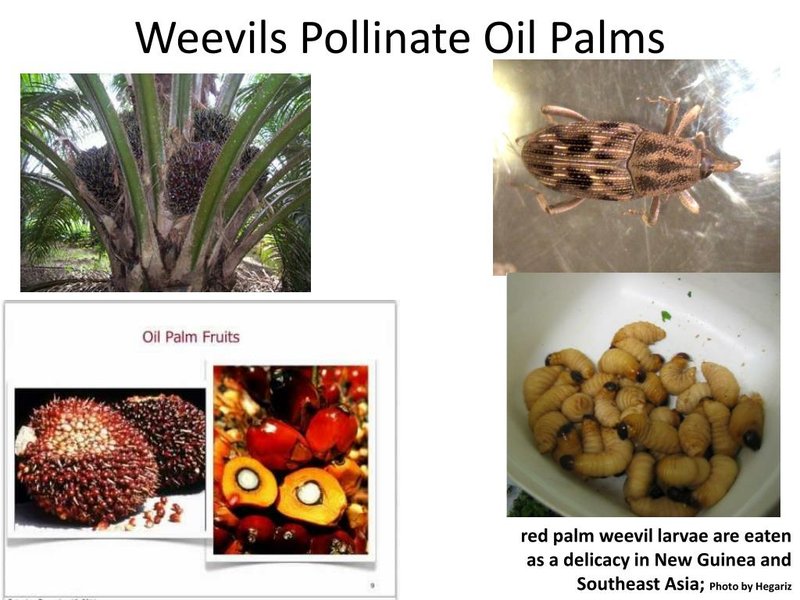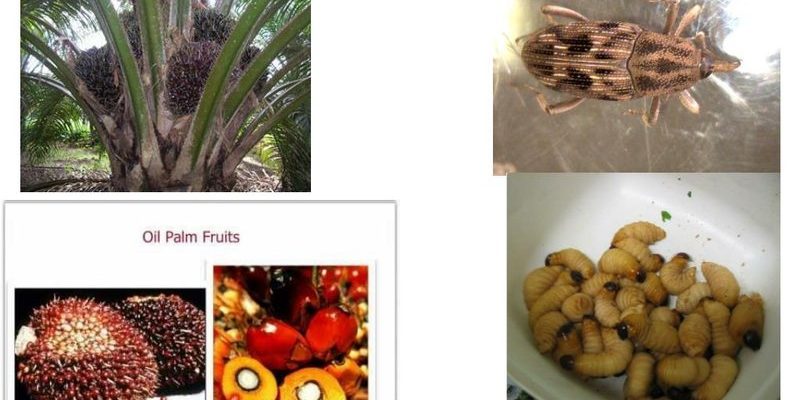
Now, weevils belong to a large family of beetles, and they come in various shapes and sizes. You might not think they’re very important, but these little bugs can perform tasks that are crucial for plant health and agricultural success. So, let’s dive into the world of weevils and uncover what makes them so remarkable.
What Are Weevils?
Weevils are primarily known for their distinctive long snouts, which are often mistaken for their heads. Belonging to the family Curculionidae, these little critters have more than 60,000 species worldwide! Their size can range from just a few millimeters to about an inch. You might encounter them in gardens, fields, or even your pantry if you store grains.
Most weevils have a plant-based diet, which means they feast on a variety of plants, seeds, and even fruits. They play a crucial role in ecosystems by helping to break down decaying plant matter. But here’s where it gets interesting—certain species of weevils are also excellent pollinators. So, while they might be munching on leaves, they’re also helping plants reproduce. Isn’t that a surprising twist?
The Role of Weevils in Pollination
You might be surprised to learn that not all pollinators are the big names like bees and butterflies. Weevils contribute to pollination in several ways. As they move from plant to plant in search of food, they transfer pollen unintentionally. This helps plants produce seeds and fruits, increasing biodiversity.
Some plants, like orchids, have even evolved to rely on weevils for pollination! They’ve developed flowers that attract these beetles, ensuring that their pollen is spread effectively. It’s like a beautiful dance of nature, where each partner contributes to the success of the other. So, the next time you see a weevil, remember that it’s doing more for the environment than just munching on leaves.
Weevil Species That Are Key Pollinators
Not all weevils contribute equally to pollination. Some species are more notable than others. For example, the Eupholus genus of weevils is known for its role in pollinating certain tropical plants. These weevils are often brightly colored, which helps them attract attention and contribute to the plant’s reproductive cycle.
Similarly, the Anthonomus species, such as the cotton boll weevil, also plays a part in pollinating various crops. While farmers often see this weevil as a pest, it’s essential to recognize its role in the ecosystem. Understanding which weevils can help with pollination can reshape how we approach pest management.
Weevils in Agriculture: Friends or Foes?
If you’re a farmer, you might find yourself wondering whether weevils are friends or foes. On one hand, their role in pollination can significantly boost crop yields. On the other hand, many weevils are notorious for damaging crops, particularly grains and cereals.
The key here is balance. Integrated pest management (IPM) strategies aim to reduce weevil populations while preserving their positive impacts. Farmers can implement methods that minimize damage without eliminating the beneficial aspects of weevils. Crop rotation and planting resistant varieties can help keep weevil populations in check while allowing their pollination services to flourish.
The Life Cycle of a Weevil
Understanding a weevil’s life cycle can help you appreciate their role in the ecosystem. Weevils start as eggs laid on or near a food source. After a few days, the larvae hatch and begin feeding on the plant material, which can be a double-edged sword. As they grow, they burrow into the plant, ultimately emerging as adult beetles.
This cycle creates a chain reaction within the environment. The feeding habits of weevils can both help decompose plant matter and result in pollination as they move around. So, while weevils can cause damage, they’re also contributing to soil health and plant reproduction.
Protecting Beneficial Weevils
Given their vital role in pollination and plant health, it’s essential to protect beneficial weevil populations. This can be especially challenging due to the use of pesticides in agriculture. Farmers must be educated about which chemicals are harmful to weevils and which can be used without affecting their populations.
You might wonder how to promote a healthy weevil population in your garden or farm. Here are some tips to help nurture these helpful beetles:
- Plant native flowers that attract weevils and other pollinators.
- Avoid broad-spectrum pesticides that can kill beneficial insects.
- Encourage a diverse ecosystem, which helps support healthy weevil populations.
By adopting these practices, you can help ensure that weevils continue to play their crucial roles in nature.
In the grand tapestry of nature, weevils often get a bad rap for being pests. However, they’re much more than that—they’re essential players in the world of pollination. From their surprising role in helping plants reproduce to their intricate life cycles, weevils show us how interconnected all living things are.
As we strive for a more sustainable future, recognizing the importance of weevils can lead us toward better farming practices and a healthier planet. So, the next time you spot a tiny weevil, remember: it’s not just munching on leaves; it’s contributing to a thriving ecosystem that supports us all.

